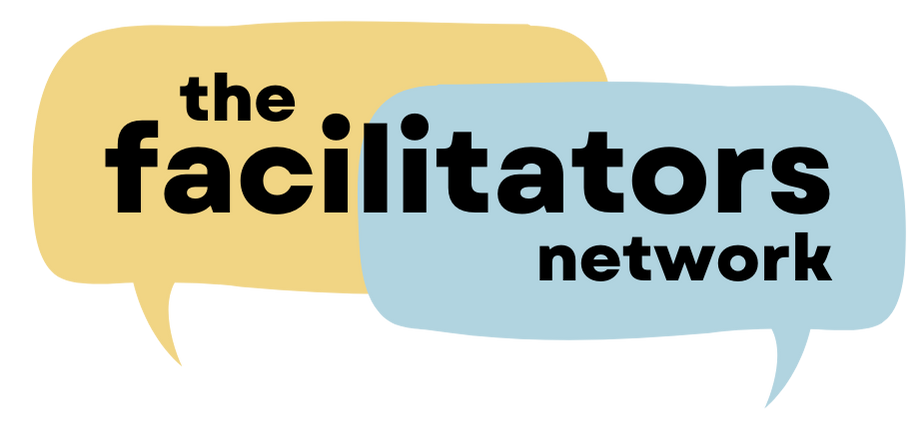Blind Snowflakes is a simple activity that helps participants explore key characteristics of effective communication. When it comes to debriefing the activity, participants almost always state that a lack of detailed instructions was the issue. However, with further provocation they realise there is much more to it than that.
Materials Required: A blank A4 piece of paper for each participant.
Preparation: No preparation required.
Set-Up Instructions for Participants:
“Before we get into a conversation about effective communication, I’d love to do a quick activity with you, just to get your brains working. Can you each grab yourself a piece of paper from the table, and stand up holding the paper in front of you.
In a minute, I’m going to ask you to close your eyes and I’m going to give you some instructions. You’re not allowed to open your eyes and you’re not allowed to ask any questions. You simply need to listen to my voice and follow my instructions. Is that okay?”
How to Facilitate the Activity:
1. Give participants the set-up instructions as above. You may also like to reassure them that you won’t video the exercise or embarrass them on Social Media.
2. Invite participants to close their eyes and slowly walk them through a run of 6-7 instructions, leaving time between each direction so they can follow out the request. Instructions need to be simple and lacking in details e.g. Fold your piece of paper in half, fold it in half again, rip off the bottom left hand corner…
3. Wrap up your instructions by asking participants to open their page and open their eyes.
4. Invite participants to try to find someone who has exactly the same pattern as them.
It is likely that a few people will find others who have similar patterns, but very rarely does anyone find an exact match. Sometimes participants will ask what the pattern was supposed to look like, so it can be helpful to have a pre-made snowflake available as an example.
Debriefing Questions:
Comment how interesting it is that you gave everyone the same instructions, and yet they all interpreted them slightly differently. Then ask:
- Why do you think that is?
- What might I have done differently to increase the chances of everyone getting the same result?
- How might that relate to the way you give instructions or make requests at work?
For a whole library of icebreakers and in-workshop activities, you might want to check out joining the network. Read more about what’s on offer here.

